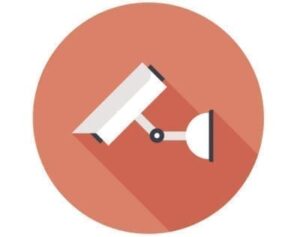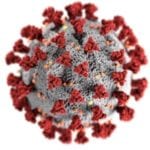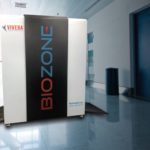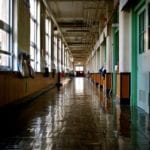Government officials in Yokohama have conducted a public experiment to see whether or not it is safe to raise capacity restrictions at large venues during the COVID-19 pandemic. The experiment took place at Yokohama Stadium, and utilized facial recognition cameras from NEC to monitor the flow of people and the crowd’s compliance with mask requirements.

Yokoham Stadium serves as the home field for the DeNA BayStars baseball team, and is slated to be the main venue for the baseball and softball tournaments during next year’s Tokyo Olympics. The experiment itself took place over the weekend, when the stadium was allowed to operate at 80 percent of its 32,402-seat capacity for a three-game series between the BayStars and the Hanshin Tigers.
The capacity for venues with more than 10,000 seats is currently set at 50 percent in Japan, and was previously set at 5,000 people before the hard cap was lifted in September. The attendance was only 16,594 for the Friday game (only slightly above the 50 percent threshold), but operators made tickets available at a 35 percent discount in an effort to boost sales over the weekend, hoping to get close to the 80 percent limit for the Sunday game.
The crowds were under the watchful eye of 13 high-precision NEC cameras while they were in their seats. Operators also gathered crowd data in concourses using Line Corp. stationing beacons placed near bathrooms and concession areas, while phone location data helped track the flow of people in the area around the stadium and on nearby public transit.
That data was then fed to a Fugaku supercomputer to determine the risk of COVID-19 contamination. The calculation will account for the travel velocity of saliva air droplets, and for venue ventilation, which was measured with carbon dioxide analyzers and anemometers.
The experiment was carried out by the Kanagawa prefecture and Yokohama city governments in collaboration with the mobile game developer DeNA Co., which manages the BayStars and the stadium. A second experiment is scheduled to take place on Nov. 7-8 at the Tokyo Dome, after which the government will make future decisions based on the results.
The Japanese government has indicated that it will use facial recognition to enforce public safety guidelines and support its contact tracing efforts at the Tokyo Olympics. The latest news suggests that their plans for the technology have become even more ambitious, insofar as they are hoping that it will allow them to handle something approaching a normal Olympic crowd.
The NEC cameras were installed before the pandemic, and were originally ordered for security and access control purposes.
Source: The Japan Times
–
November 4, 2020 – by Eric Weiss







Follow Us